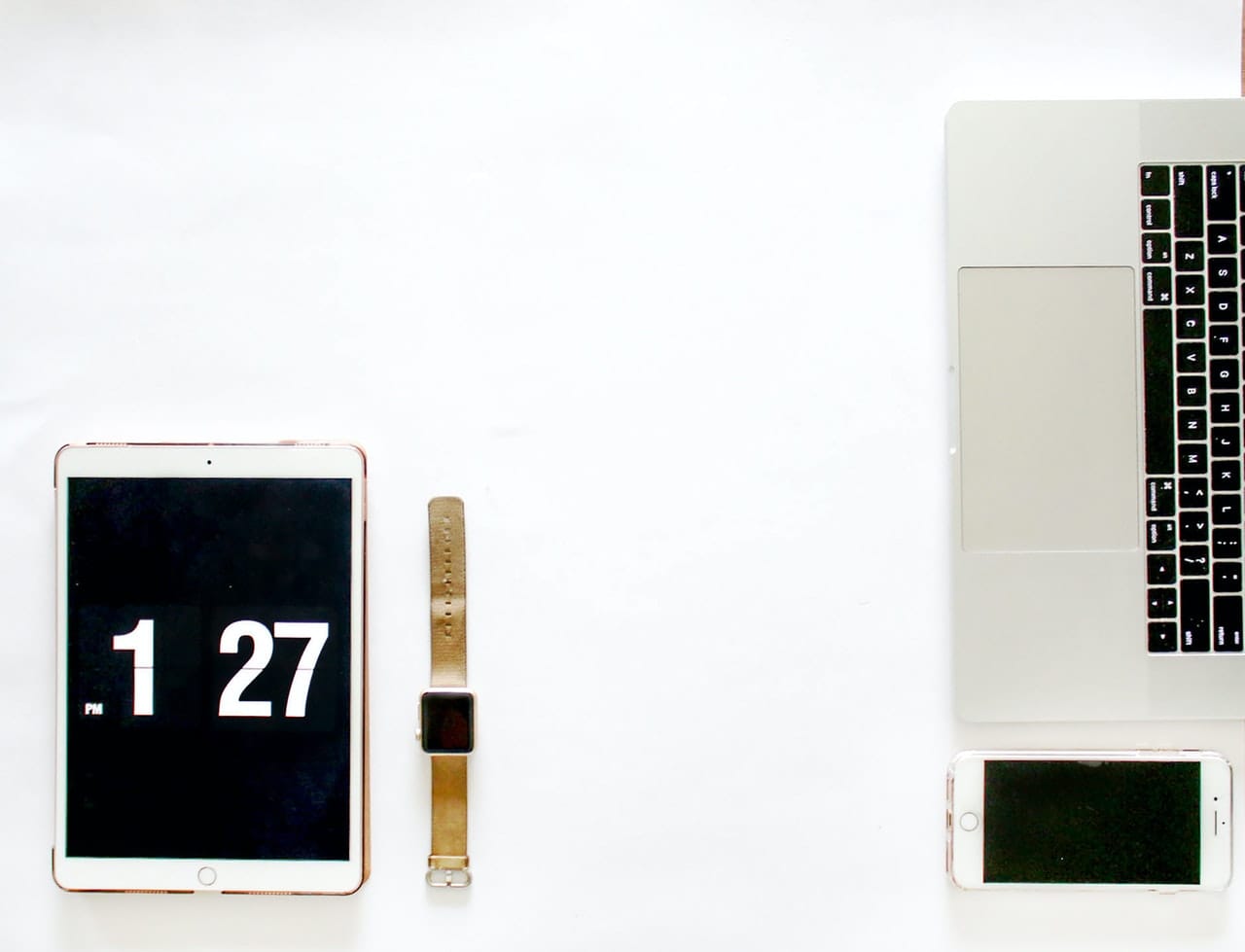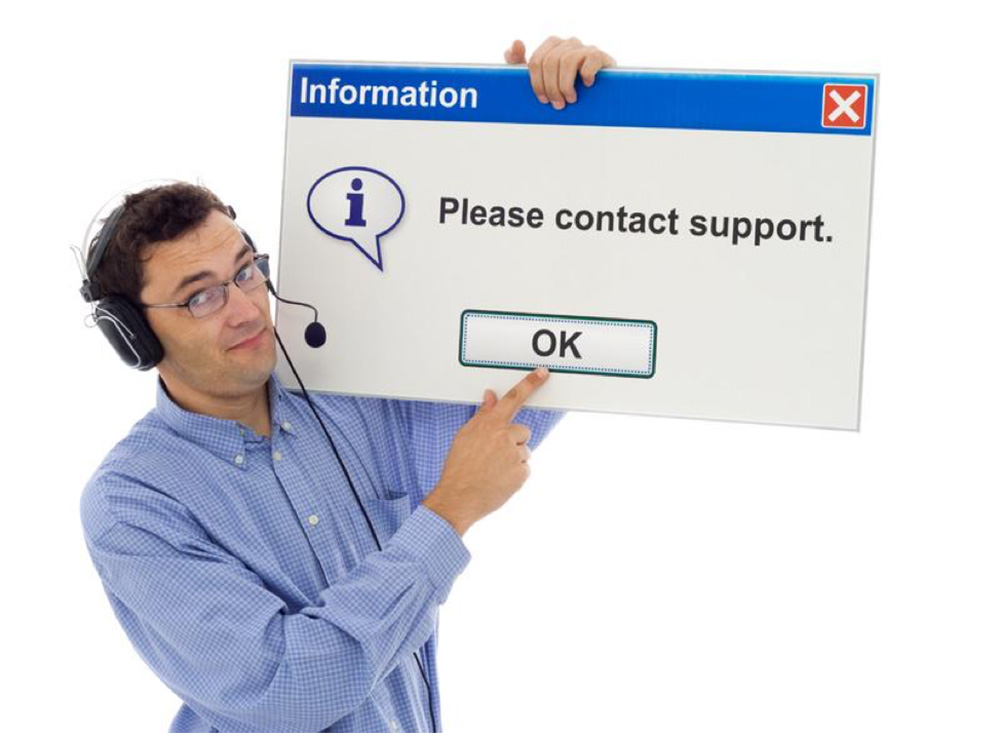Whether you’re travelling overseas or have moved to another country international calling cards are still the best option in terms of cheap reliable calling over mobile plans and VoIP options.
If you’re travelling overseas then mobile plans will typically incur a daily roaming fee and VoIP is a good option if you and the person you’re speaking to have a reliable internet connection.
Sometimes it’s just easier to use an international calling card because it uses the copper lines that phones use and chances are the person you’re calling will either have a mobile or landline.
One of the downsides to using calling cards though is that there are a lot of companies that are engaging in questionable tactics to stay profitable.
In this article I’ll share with you my best tips for selecting the best phone cards, checklists that I run through whenever I use them when travelling.
How To Choose The Best International Calling Card
Stay Away From Connection Fees (In Most Cases)
It is common practice for calling card companies to have calling cards with connection fees so it’s not generally considered a ‘scam’ but it’s best to avoid these if possible.
A connection fee is a fee that is deducted every time you make a successful call (that is someone picks up the phone OR it goes to voicemail.)
There are times when a connection fee is ok and that’s when the card in question offers a lower total calling rate.
This is best for people who make longer calls 30-40 min+ calls
In most cases calling cards with connection fees should be avoided, this is a way for international calling card companies to make easy money.
Avoid Unit Based Phone Cards
Ever wonder why the finance and banking industry are so hard to understand with all of these weird terms? The reason for that is because they don’t want the average person to understand exactly how their money is being used.
The same is true for phone card companies that used unit-based metrics.
Instead of using minutes which is easy for the average consumer to understand, they use a vague measurement unit that keeps you in the dark about how much money you’re actually spending.
My advice stay away from these cards.
Hidden fees
Hidden fees are where you will lose money, most companies actually make their money from additional fees which is why they are able to offer “super low calling rates”.
Most phone card companies use similar carrier suppliers and have razor thin margins and in order to reduce their prices to stay competitive they will look to make their money in other places.
These can be in the following areas:
Connection fees – charging you for successful call connections.
Administration fees – typically come in the form of monthly fees, to maintain the upkeep of your card.
Unused credit – most cards have an expiration date and if you’re unable to use up all of your credit then the company will take whatever is left available.
Billing increments – this is when a card will charge you in set increments or blocks for example 10c charged in 3 minute blocks equals 30c every 3 minutes which means if you call for only 1 minute then you are charged 30c.
Breakage – most cards will not let you spend all of the money on your card, for example, if your card is 30c per minute and you only have 29c on your card then you can’t make the call and the company will take the reminder once your card expires.
Buying Expired Cards
Yes, this is possible, while most international calling cards don’t start to expire until their first use, there are some calling cards that start the meter as soon as they are produced.
This means that you may in fact buy a card from a store that has been sitting around for awhile and that card may have already expired.
Before you purchase, make sure that you check the expiration date and if it’s not visible check with the retail store that you can bring it back if it is expired.









